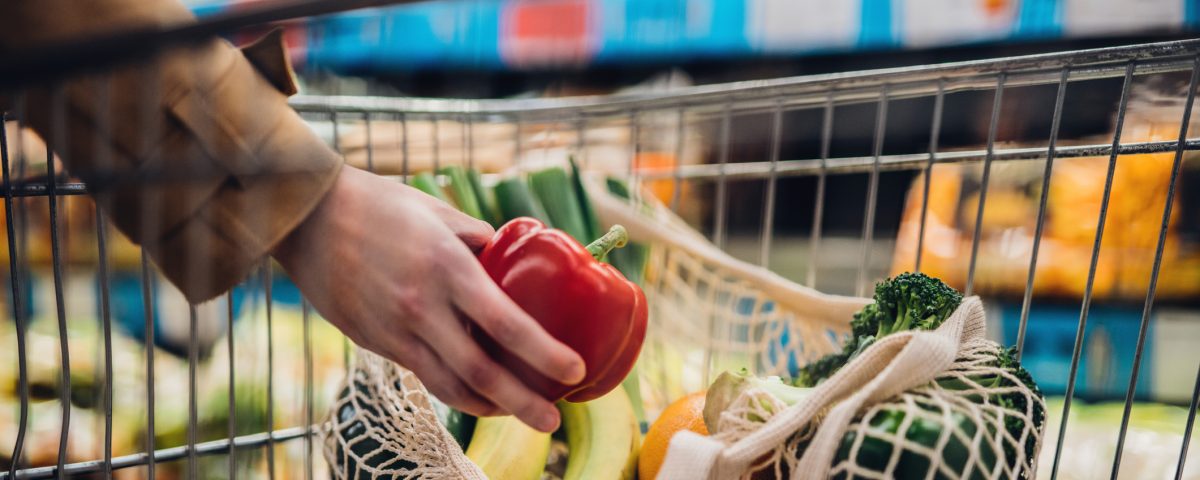ALBANY TIMES UNION BLOG
Find industry insights and updates relevant to your business needs.

The Value in Recognition
October 15, 2021
Corporate Social Responsibility | Authentic Adoption Strategies
October 29, 2021Over the course of the past few years, the manner in which food suppliers conduct business has changed considerably – much like the marketing world! In 2020, U.S. online grocery sales grew by 40% – largely sparked by the pandemic. However, for many food suppliers, there was hope that a return to normal facilitated by the introduction of vaccines would cause a shift back to in-person shopping.
This would have been welcome news on a multitude of fronts as e-commerce for many grocery brands wasn’t always smooth sailing and profitable. In 2020, 34% of grocery stores reported an unprofitable e-commerce business, 61% reported that theirs was somewhat profitable and only 5% reported that it was very profitable. While we are more than a year and a half removed from the start of COVID’s disruption on day-to-day life, many food industry brands are not seeing changes in consumer habits that are comparable to those pre-pandemic.
According to a new report from the Food Industry Association, consumer concern over the pandemic continues to impact shopping behavior. For example, as 67% of households with children are still extremely or very concerned about COVID variants, ordering online and picking up groceries at the store continues to be highly utilized and largely regarded as safer. Furthermore, 50% of Americans believe that their grocery shopping behavior is already as normal or stable as it’s going to be and another 33% expect that “normalcy” is not to be expected until next year.
For food service brands, retaining the consumer base that already exists in order to boost in-store shopping as the pandemic subsides is vital. According to a report by First Insight, it was found that 71% of all shoppers surveyed spent $50 or more when shopping in-store, compared to only 54% who spent $50 or more when shopping online. This contrast is largely due to the fact that impulse shopping is very much a factor when consumers shop in-store. Roughly 89% of women from the aforementioned survey, report that they will add items to their cart when shopping in-store, compared to 78% of men. As more consumers choose to bypass in-store shopping, grocers feel a greater financial strain.
So, what can food service brands do to both retain consumers and entice more in-store shopping? Retailers can employ marketing and branding campaigns to highlight known behaviors and factors that attract in-person shopping. For starters, retailers can promote their hygiene practices. According to FMI, 87% of consumers say that retailers can attract them to shop in-person more via a hygiene or distancing measure. Highlighting such efforts coupled with coupons in the form of newspaper inserts cater to customer needs and mitigate fears.
Get in touch with us today to learn more about how we can assist your brand not only retain customers, but grow market share through both targeted marketing campaigns and branding campaigns that serve to raise awareness about facets of your business.
####



Topics